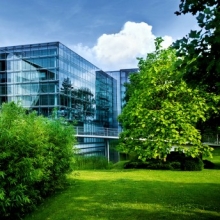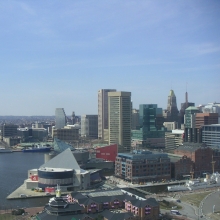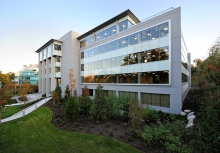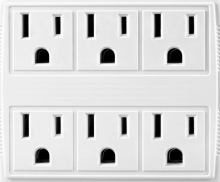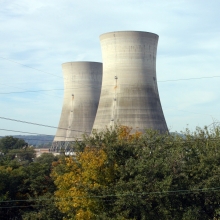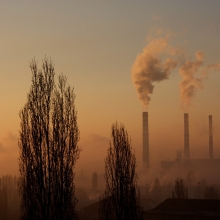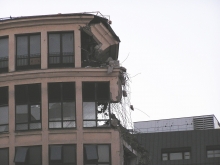LEED Certification ROI
For more than ten years now the United States Green Building Council (USGBC) has been transforming the way we build through its Leadership in Energy and Environmental Design (LEED) rating system. This transformation has been driven by local, state, and federal government, as well as institutions. However, the past two years have seen an increasing number of private LEED projects; this trend has sparked interest in the return on investment (ROI) of LEED certification.
